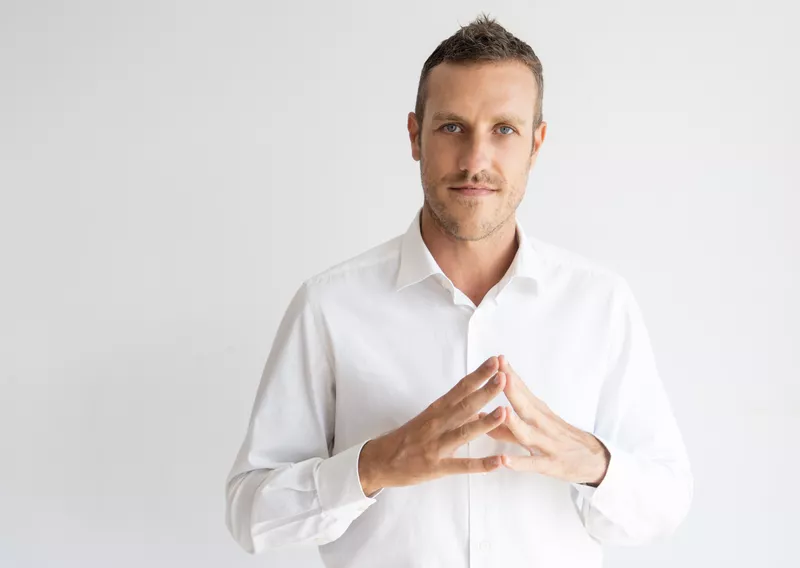You prepped well for your job interview. Your resume is in top shape, you researched the company, and you have answers ready for all the most common questions. But what about your body language? When it comes to job interviews, there’s a lot of truth to the phrase, “Actions speak louder than words.”
“Our words are only one way we communicate,” said emotional intelligence expert and speaker Harvey Deutschendorf. “Our bodies convey our thoughts and feelings and send messages that others pick up to make judgments about us. It’s crucial to our success in all areas of life that we become aware of the messages our body language sends to others. By focusing on what our bodies are saying, we can ensure we send a complete message to make the desired impact.”
Most people have little body language quirks that they’ve been using in conversations for years, and they aren’t even aware of them. In a stressful environment like a job interview, these can be magnified, but you can unlearn bad habits by making a conscious effort to be more aware of them when you speak to others. “Like any other habit, it comes down to practicing until it becomes natural,” said Deutschendorf.
Here are 15 ways you can use body language to land your dream job.
Square Your Body During Conversation

Getty Images
Small body movements during an interview can send important messages. For example, turning away from your interviewer indicates that you’re uncomfortable, distrustful of that person, or not engaged or interested. To avoid this, make sure you’re facing the interviewer and square your body. “Keep your shoulders parallel, and lean toward the interviewer slightly to make it clear you’re giving them your undivided attention,” Deutschendorf said.
Dr. York recommended playing the “lava game” when you’re sitting down. For example, don’t let your back touch the back of the chair. “This forces you to sit only on the front half, either straight up or slightly forward,” he says. “People like others less if they are leaning away, which tends to happen if you sit all the way back in a chair.”
Use the Middle Steeple Sparingly

Getty Images
The middle steeple gesture is identical to the high steeple gesture, except it is positioned toward the sternum or middle of your chest. “The general rule of thumb is that the lower the steeple gesture, the less confidence it displays,” Kamboj said. “Accordingly, the middle steeple demonstrates average confidence, and the low steeple demonstrates the lowest confidence.”
Kamboj recommended using the middle steeple gesture only occasionally during an interview and only when making a significant or serious point. “It shows thought and prudence as opposed to callousness or arrogance,” he said. “It also tells the interviewer that what you are about to say is sincere and that you have confidence and humility.”
From the middle steeple positions, he suggested opening your hands with your palms facing outward and moving your arms in a gently outward manner. “This emphasizes the sincerity of your statement,” he said.
Mirror the Interviewer

Getty Images
“Mirroring” is a well-known body language technique. It basically involves copying the body language of the other person in order to bond and build understanding. “Car salespeople do this all the time,” said Dr. York. “The idea is that people will think, ‘People who sit, stand and walk like me, remind me of me. I like me, so I’ll like you more.’”
You may not even be aware that you use this technique, or that other people use it on you, as it can be very subtle. Smiling is an instinctive type of mirroring body language — most of the time, seeing someone smile makes you want to smile, too. However, it’s not advisable to mirror every movement your interviewer makes, as this will quickly become obvious and come across as forced and insincere.